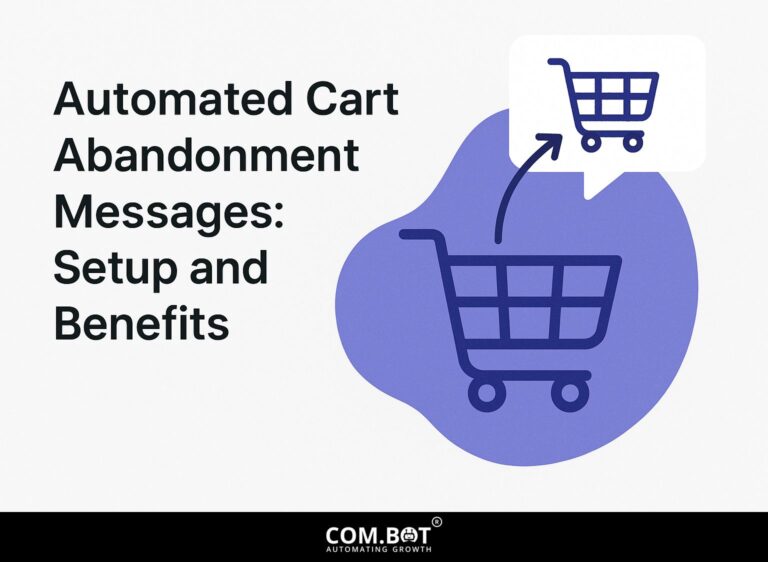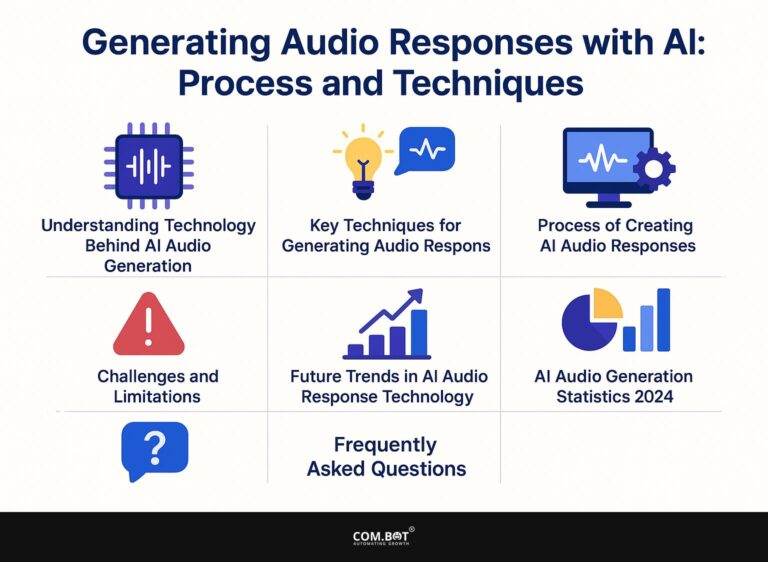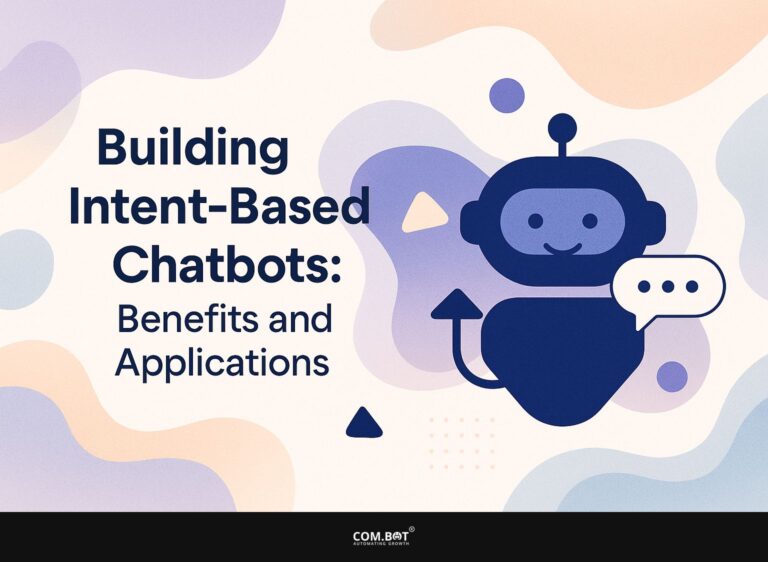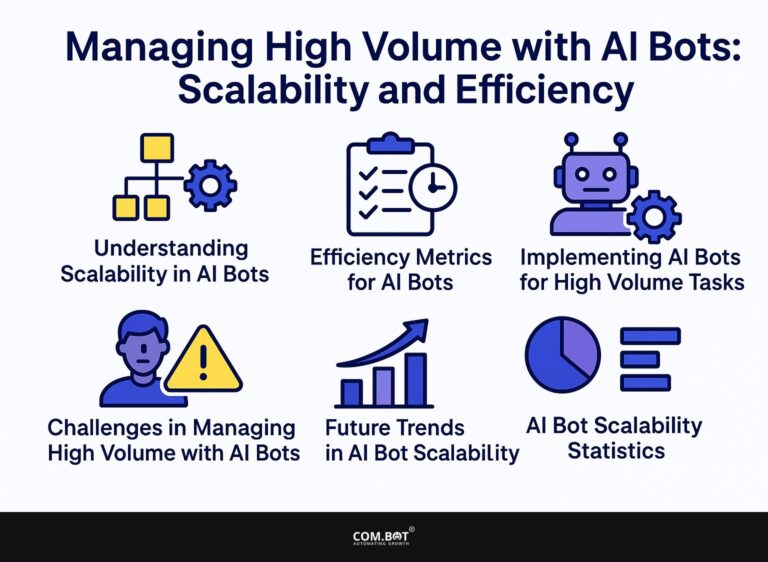Creating Memory Node for AI Bots: Setup and Applications
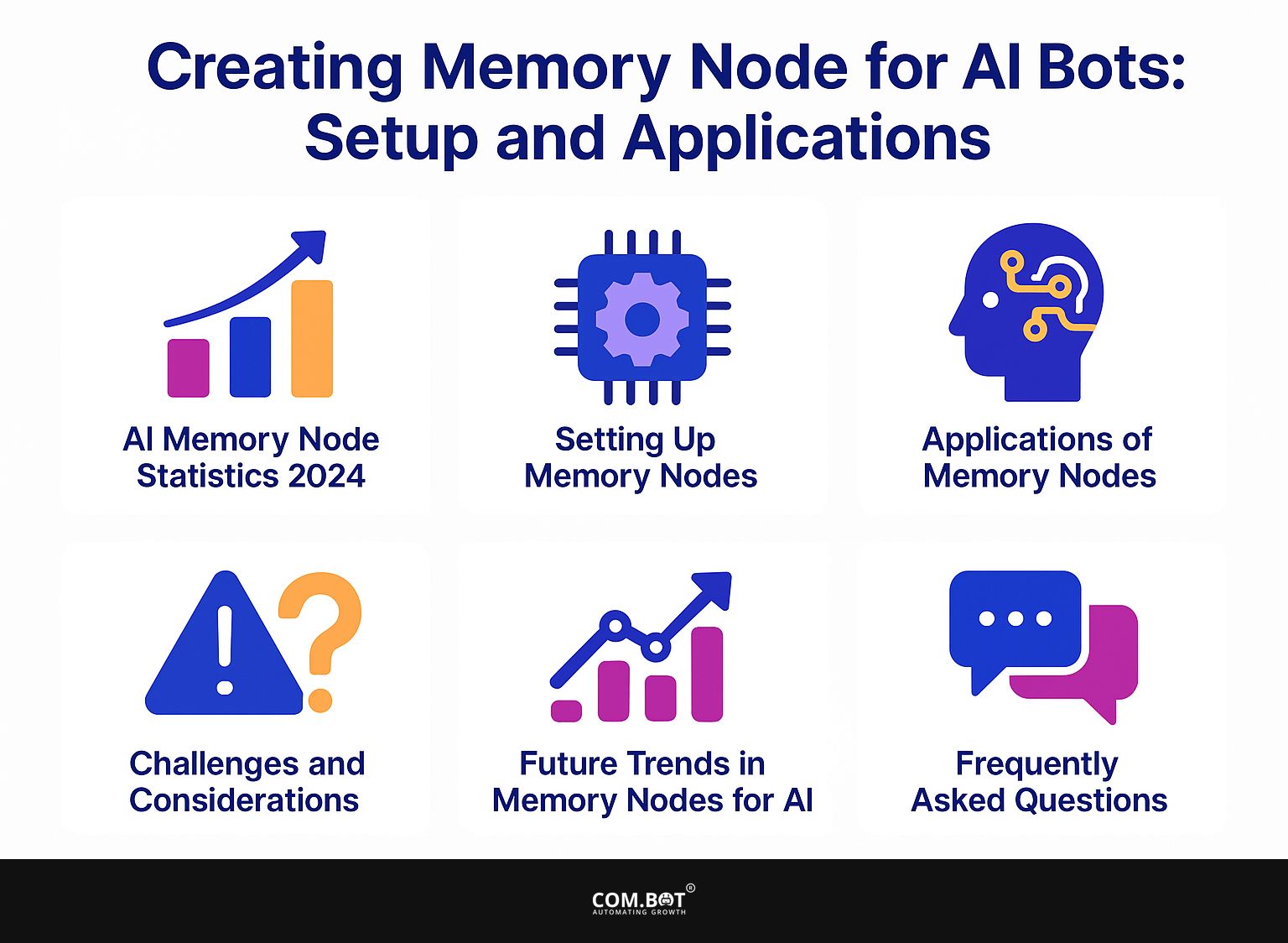
As AI chatbots become more advanced, creating memory nodes has become a game-changer for better customer interactions. These smart systems help businesses and individuals respond to questions more effectively, using generative AI to offer deeper, more accurate answers. By building in memory, chatbots can deliver more personalized conversations and continue learning over time, making support feel more human and helpful.
This article examines how to install and use memory nodes, showing how they can make AI bots very useful for any business.
Key Takeaways:
- Memory nodes are essential for AI bots to store and access data. They enable personalized user interactions, comprehension of information, and continuous learning and adaptation.
- When setting up memory nodes, choose the right system and data storage method, and connect with AI models to make sure everything works smoothly and well.
- Upcoming developments in memory units for AI bots involve improvements in AI technology and possible applications in fields like healthcare, customer service, and education.
- 1 AI Memory Node Statistics 2024
- 2 Setting Up Memory Nodes
- 3 Applications of Memory Nodes
- 4 Challenges and Considerations
- 5 Upcoming Developments in Memory Units for AI Bots
- 6 Frequently Asked Questions
- 6.1 1. What is a Memory Node for AI Bots?
- 6.2 2. Why is setting up a Memory Node important for AI Bots?
- 6.3 3. What steps are involved in setting up a Memory Node for AI Bots?
- 6.4 4. How can a Memory Node be used in AI bot applications?
- 6.5 5. Can a Memory Node be updated and modified for better performance?
- 6.6 6. Are there any security concerns when using a Memory Node in AI bots?
1. Definition and Importance
Memory nodes serve as the backbone of AI chatbots, allowing them to retain user-specific information and deliver context-aware responses.
For example, when a user asks about their previous purchases, the chatbot can reference a memory node that summarizes past interactions. This improves the conversation and lets us suggest related products based on past purchases.
Tools like Rasa or Dialogflow help create these nodes, allowing developers to choose what information to store, such as user preferences or common questions, making conversations simpler and more personalized. Implementing these strategies can greatly improve user satisfaction and engagement.
2. Overview of AI Bot Functionality
AI bots use generative technology to answer customer questions and offer quick help, playing a key role in today’s businesses.
These bots use memory nodes combined with advanced AI algorithms to improve their ability to hold conversations. For example, tools like ChatGPT allow businesses to have customized chats with customers by remembering past discussions.
Using Zendesk’s Answer Bot can handle repetitive questions, giving human agents more time. Companies can make these bots better by frequently refreshing their training data with real customer interactions to keep pace with language and what users want.
For those interested in maximizing their customer support efficiency, our article on AI Bots for Customer Support: Benefits and Satisfaction offers valuable insights. This leads to higher response rates and significantly improves how satisfied customers are.
AI Memory Node Statistics 2024
AI Memory Node Statistics 2024
Global AI Market and Usage Statistics: Global AI Market
Global AI Market and Usage Statistics: AI Influence on Economy
The AI Memory Node Statistics 2024 explains the rapid increase and impact of artificial intelligence on the world market and economy. This data gives important information about market size, expected growth, regional distribution, and economic effects, highlighting AI’s key position in current technology and economy.
Global AI Market and Usage Statistics reveal that the Global AI Market Size in 2023 stands at $454.12 billion. This substantial figure indicates the widespread adoption and integration of AI technologies across various industries, driving efficiency, innovation, and productivity. The market is predominantly led by North America, holding a 36.84% market share. The region’s strong infrastructure, research strengths, and funding in AI development highlight its leading position.
- The Predicted Global AI Market Size by 2032 is expected to surge to $2.5 trillion, marking a significant expansion and reflecting the increasing reliance on AI solutions for business operations, healthcare, automotive, and more. This growth pattern is backed by an expected Compound Annual Growth Rate (CAGR) of 19% from 2023 to 2032.
The AI Influence on Economy is equally noteworthy. By 2030, AI is estimated to contribute 21% to the U.S. GDP The ability to increase economic performance by boosting productivity and generating new markets and services. In addition, the U.S. government’s spending on AI reached $3.28 billion in 2022 This shows strong support from the public sector in promoting AI progress and keeping the country leading in AI development.
In summary, the AI Memory Node Statistics 2024 indicates a time of significant AI-led expansion and impact on the economy. The data indicates that wise investments and good policies are important for getting the most out of AI in economic and technology fields as we move towards more automated and intelligent systems.
Setting Up Memory Nodes
Creating memory nodes needs careful organization regarding the development platform and memory management plans, which are important for effective AI bot interactions.
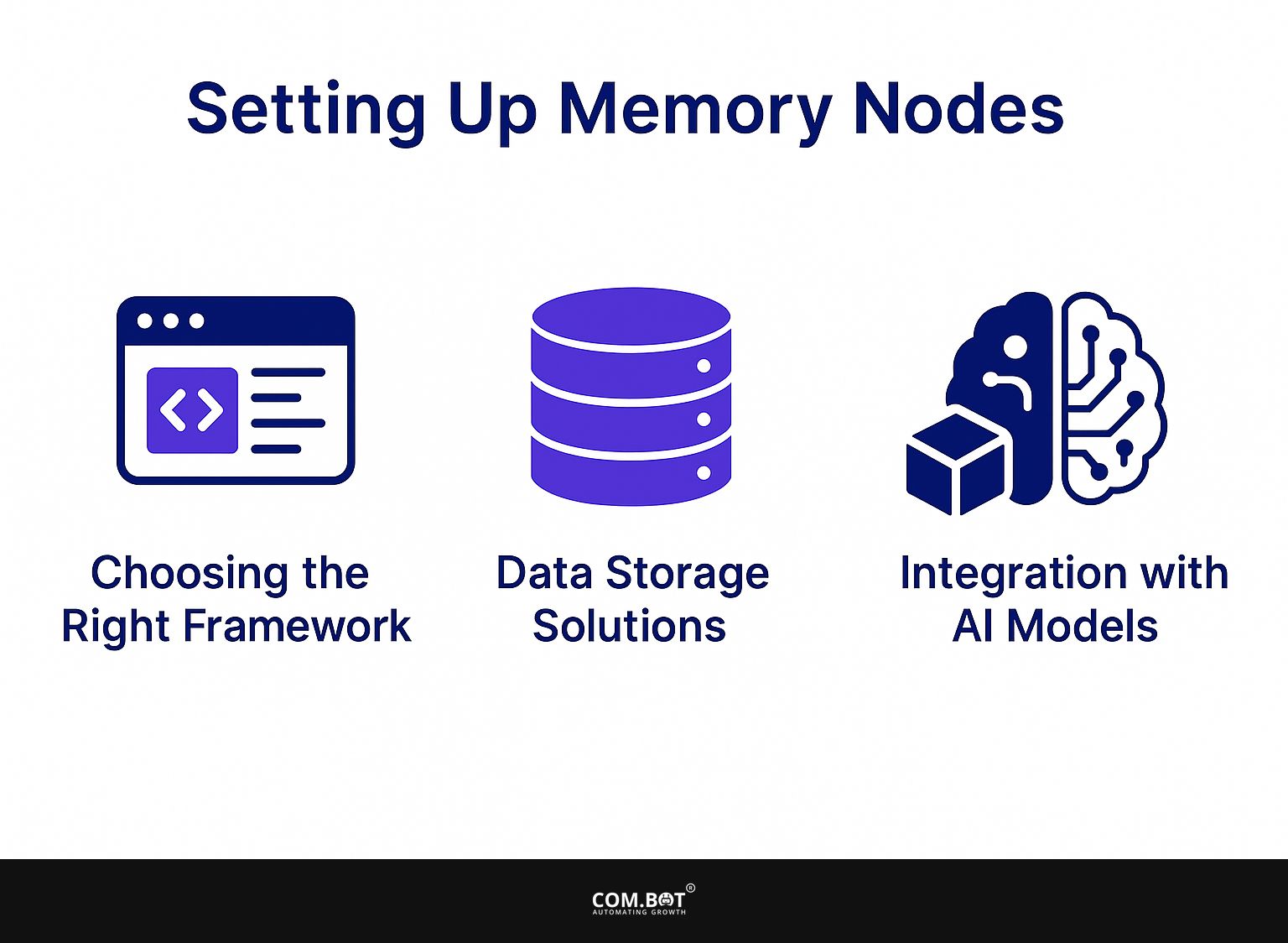
1. Choosing the Right Framework
Choosing the right software like Rasa or TensorFlow is important for creating strong memory node systems in AI bots.
Rasa offers a user-friendly interface made for creating AI chat systems, ideal for developing chatbots. It is great at handling conversations and includes built-in support for remembering previous interactions.
On the other hand, TensorFlow is a large machine learning library that needs more technical knowledge but allows you to create your own models. For developers exploring advanced features, the Com.bot Chatbot SDK for React & Vue is a hidden gem that complements these platforms by providing additional customization options. Choose the system that matches your project’s requirements by looking at its advantages.
2. Data Storage Solutions
Effective memory nodes require reliable data storage solutions, with options ranging from SQL databases to NoSQL systems like MongoDB.
SQL databases, such as PostgreSQL, are ideal for structured data and complex queries. They offer dependable support for ACID transactions, making them good for applications that need accurate data. In contrast, NoSQL databases like MongoDB excel in handling unstructured data and offer scalability, often used in big data applications.
For example, a chatbot built to manage different user questions might find MongoDB’s flexible schema useful, allowing it to change as new data types appear. Choosing between these options hinges on your data structure needs and performance requirements.
3. Integration with AI Models
Adding memory nodes to advanced AI models like OpenAI GPT improves the chatbot’s ability to have meaningful, context-aware conversations.
python response = openai.ChatCompletion.create( model="gpt-3.5-turbo messages=[{'role': 'user', 'content': user_input}] )This example shows storing user input while providing instant replies, allowing for better user interactions.
This integration can be achieved using APIs that facilitate real-time data retrieval. For instance, using the OpenAI API, you can fetch user queries and store them in a memory node using a NoSQL database like MongoDB.
Here’s a simple code snippet:
python import openai from pymongo import MongoClient client = MongoClient('mongodb://localhost:27017/') db = client['chatbot_data'] user_input = "How's the weather today?" db.memory.insert_one({'input': user_input}) response = openai.ChatCompletion.create( model="gpt-3.5-turbo messages=[{'role': 'user', 'content': user_input}] )This example demonstrates saving user input while providing immediate replies, which improves user interactions.
Applications of Memory Nodes
Memory nodes can be used in different ways in AI bots, helping tailor user experiences and allowing them to learn as time goes on.
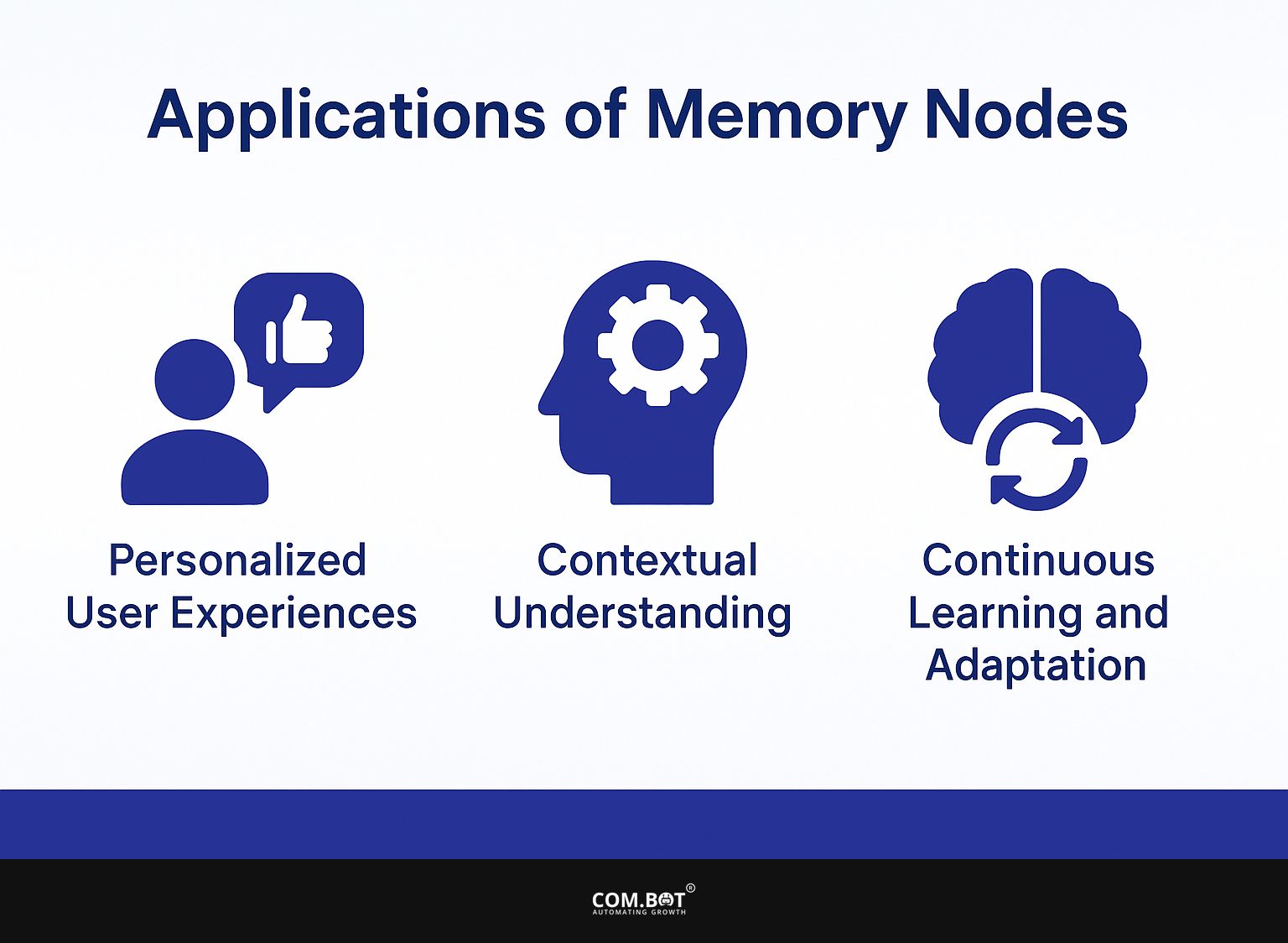
1. Personalized User Experiences
AI bots use memory nodes to adjust their replies according to each user’s likes, improving satisfaction.
For example, if a person often looks up recipes for healthy meals, the AI can suggest more recipes like those or store their preferred dishes for easy access later. This personalization creates a stronger bond, helping users feel recognized. Data shows that using memory nodes can improve user satisfaction scores by up to 25%.
Feedback processes can help these memory nodes get better, leading to improved interactions. Thus, using these methods helps users remember information better and makes their experience more enjoyable.
2. Contextual Understanding
Using memory nodes helps AI bots keep track of the conversation and give appropriate responses. For instance, when a user asks a follow-up question about a previous topic, memory nodes enable the bot to refer back specifically to that context.
If the discussion began with a question about travel tips and changed to talk about budget, the AI can remember the earlier information to give specific advice.
Tools like OpenAI’s GPT-3 use similar systems to improve user interactions, creating stronger connections through smooth conversations. By using memory, these bots provide answers and make the user experience more consistent and interesting.
3. Continuous Learning and Adaptation
Memory nodes help AI bots keep learning. They adjust their replies using user feedback and past interactions. By using feedback loops, these systems improve how they learn.
For instance, an AI customer service bot might analyze customer interactions, adjusting its responses based on resolved issues and unresolved queries.
Tools like TensorFlow and Keras can be used to build systems that help AI learn from past conversations. This repeated method improves responses and changes user experiences over time, creating a learning environment that changes with each interaction.
Challenges and Considerations
Adding memory nodes presents various difficulties that organizations need to manage to make sure they work well and users feel confident in them.
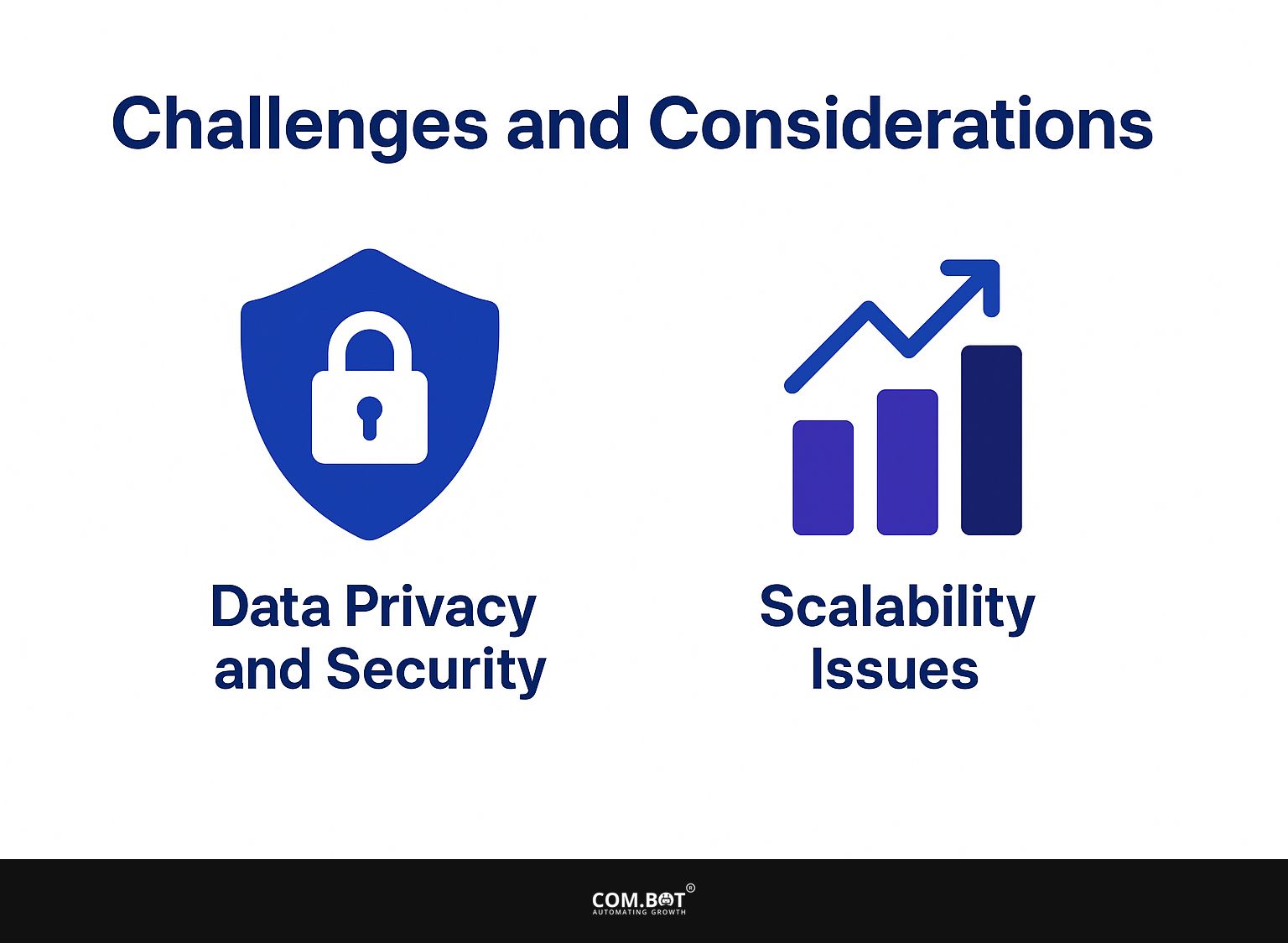
1. Data Privacy and Security
Data privacy is very important when using memory nodes, so strong security measures are needed to keep user information safe. To meet GDPR rules, first get clear permission from users before gathering their information.
Use encryption techniques for storing and sending data, like AES-256 encryption, to keep information safe. Implement regular audits to verify compliance, addressing any potential gaps.
A solid data breach response plan is essential; consider tools like Data Loss Prevention (DLP) software to monitor and control data movement. Maintain transparency with users regarding data usage, providing clear privacy policies detailing how their data is stored and processed.
2. Scalability Issues
As AI bots scale, maintaining the performance of memory nodes becomes increasingly complex, often leading to latency and data management challenges. To address these performance issues, consider implementing load balancing strategies that distribute requests across multiple memory nodes, thereby reducing individual node strain.
Use organized database structures like indexing and partitioning to make data retrieval faster. Utilizing caching mechanisms, like Redis or Memcached, can significantly decrease response times by storing frequently accessed data in memory.
Monitoring tools like Prometheus or Grafana can offer real-time information, aiding in spotting and fixing performance issues before they affect user experience.
Upcoming Developments in Memory Units for AI Bots
Upcoming developments in memory nodes for AI bots will improve functions due to new progress in AI technology and new applications.
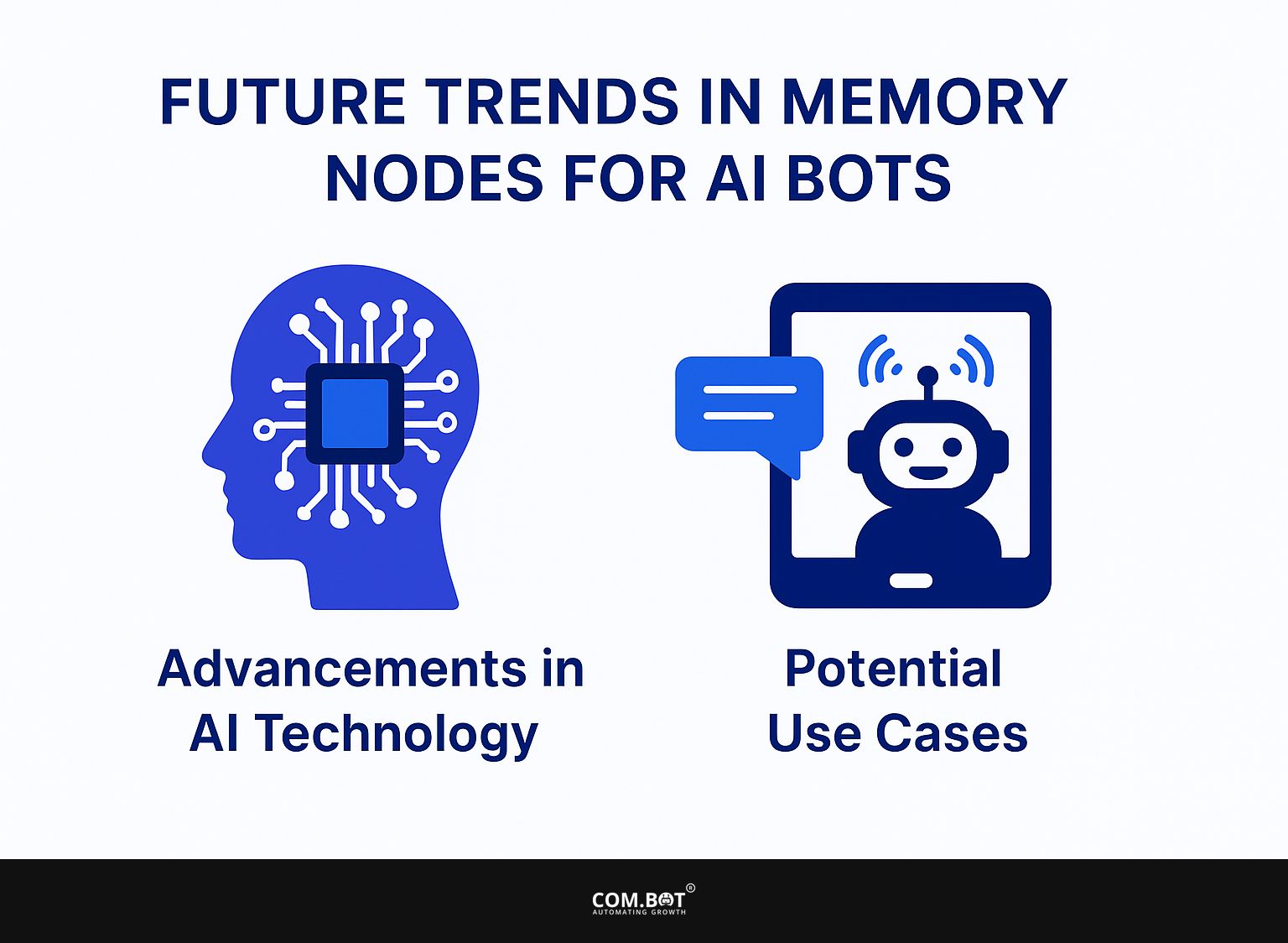
1. Advancements in AI Technology
Recent advancements in state-of-the-art language models like OpenAI GPT are expanding the potential uses of memory nodes in AI bots. These innovations let users have experiences customized to their needs.
For example, utilizing context-aware memory nodes enables bots to remember previous conversations, tailoring responses based on user preferences. Tools like LangChain and Rasa facilitate this by integrating memory management techniques.
Companies can use these improvements to make customer service chatbots better, keeping conversations consistent. Users are more satisfied because the bot recalls previous issues or inquiries, speeding up support and keeping interactions clear and helpful.
2. Potential Use Cases
New uses for memory nodes include active exchanges in customer service, customized marketing, and learning applications that adjust to user needs. In customer support, memory nodes can remember past interactions, helping agents give responses based on the user’s previous experiences.
To customize marketing for individuals, tools such as Segment can use memory nodes to recommend content, improving the user experience.
In education, platforms like DreamBox use technologies that adjust to student needs to monitor progress and tailor lessons to each student. By using memory nodes, businesses can make their operations more efficient, improving interactions that understand the situation. This helps in solving problems, directing ads more effectively, or tailoring learning paths.
Frequently Asked Questions
1. What is a Memory Node for AI Bots?
A Memory Node helps AI bots by keeping and arranging data so the bot can use it for making decisions and talking with users.
2. Why is setting up a Memory Node important for AI Bots?
Setting up a Memory Node is important for AI bots because it allows them to learn and get better with new information, making their responses and performance better overall. It helps create more individual and realistic conversations with users.
3. What steps are involved in setting up a Memory Node for AI Bots?
The process of setting up a Memory Node for AI bots involves identifying the types of data to be stored, designing the structure of the node, implementing a database to store the data, and connecting the Memory Node to the bot’s programming.
4. How can a Memory Node be used in AI bot applications?
A Memory Node in AI bot applications can be used to store user preferences and details, grasp the flow of a conversation, and make the bot’s responses more accurate by learning from previous interactions.
5. Can a Memory Node be updated and modified for better performance?
Yes, a Memory Node can be continuously updated and modified to improve the AI bot’s performance. This can be done by adding new data or improving the existing data and structure of the Memory Node.
6. Are there any security concerns when using a Memory Node in AI bots?
There may be security concerns when using a Memory Node in AI bots, as they store and process sensitive user information. It is important to implement proper security measures, such as encryption and access control, to protect the data stored in the Memory Node.
